I have a non-latching relay and I provide a voltage (24V) to close the relay. However, I want to keep this relay closed for 10 ms after I stop providing the 24V needed to close the relay. The relay is the TE Connectivity K81C335. I am thinking of a capacitor that holds the charge and discharges at a rate where 10 ms passes by the time the capacitor discharges to a voltage of 10 V (lockout threshold).
I looked at the use of the capacitor and ended up with.
C=(-R*ln(V/Vm))/t
where
R=coil resistance C=capacitance of capacitor V=pull-out voltage Vm=initial voltage across the capacitor (working voltage of the relay's coil) t=time
and ended with C=(-290*ln(10/24))/0.01
and I end up with a capacitance of 25 kF, which isn't possible.
Is there another way where I can keep the relay closed for 10 ms?

